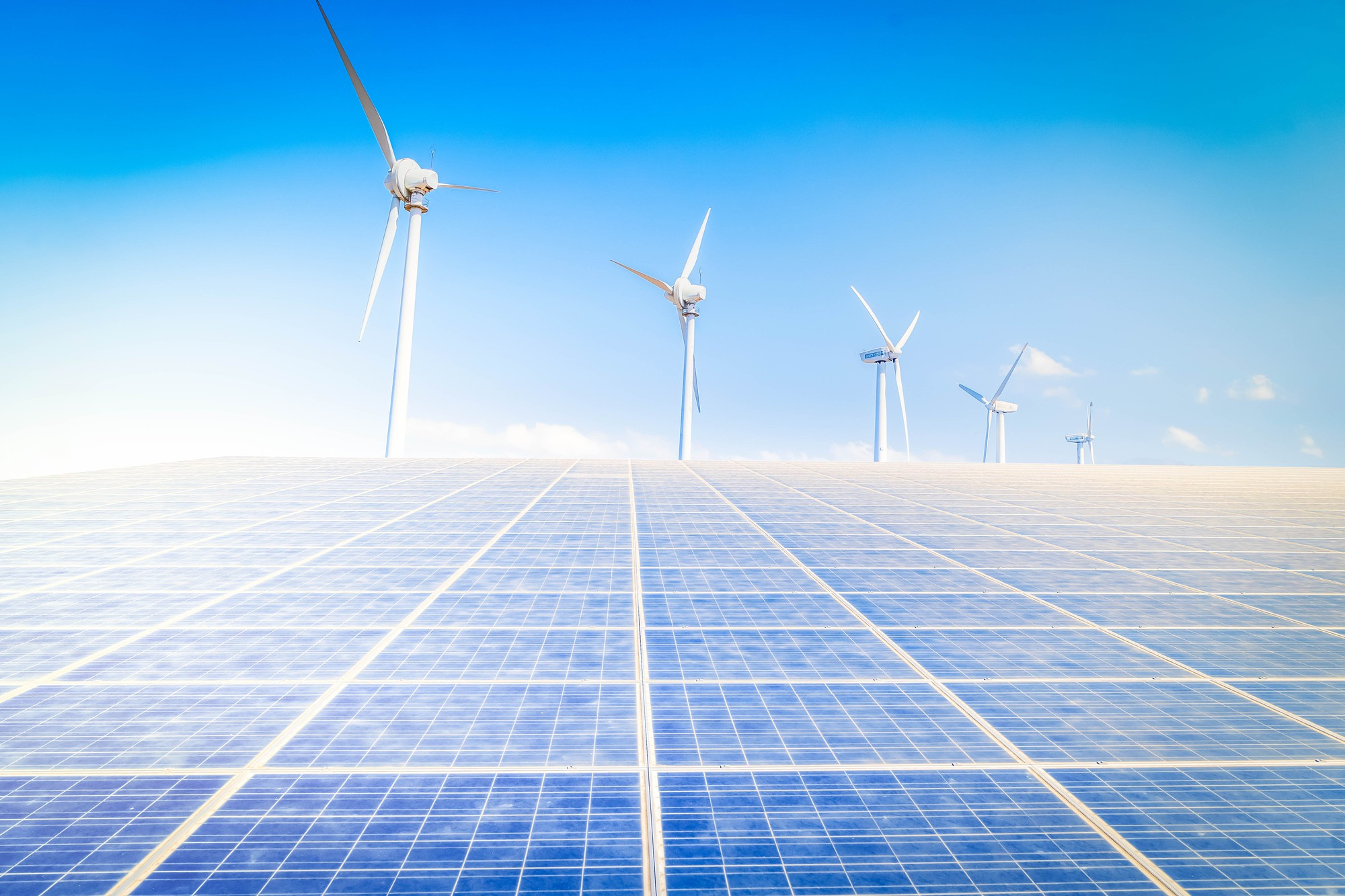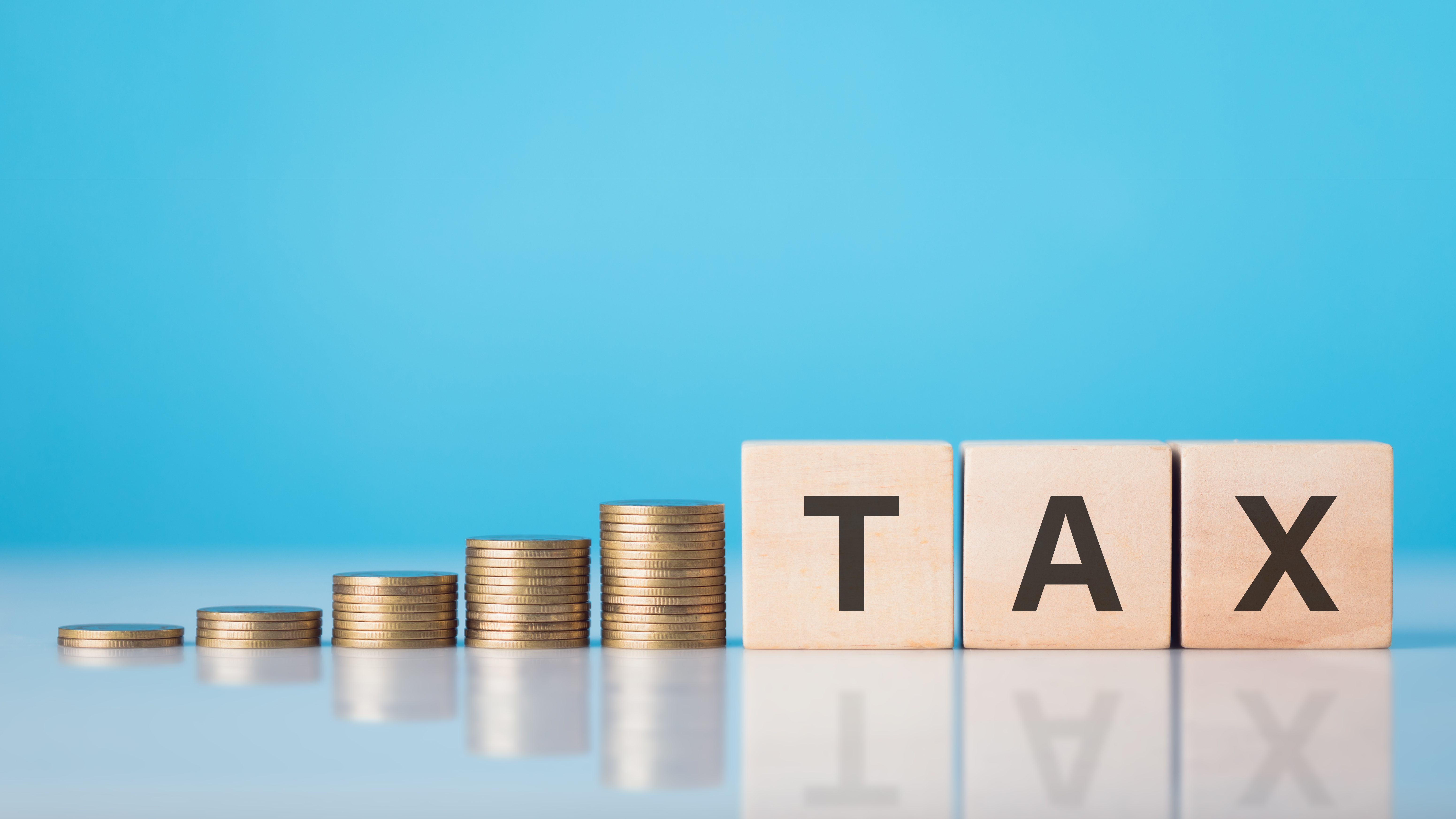
On 30 November 2024, the National Assembly of Vietnam officially promulgated the new Electricity Law No. 61/2024/QH15 (the “Electricity Law”), which will take effect from 1 February 2025. This law replaces the Electricity Law 2004 and its subsequent amendments.
As the most comprehensive legal framework governing Vietnam’s power and energy sector, the Electricity Law is expected to play an important role in shaping the industry’s future. Therefore, this article shall focus on key highlights of the Electricity Law that could potentially be a game changer for energy industry in Vietnam.
Key Takeaways
- The Electricity Law regulates various aspects of the energy sector, including electricity development planning, the development of renewable and new energy sources, electricity operating licenses, the competitive electricity market, electricity sales, rights and obligations of participants in electricity activities, and the State’s role in managing the electricity sector.
- The Electricity Law introduces key concepts and definitions, including Avoidable Costs, Avoidable Cost Tariffs, Long-Term Minimum Contracted Quantity, Renewable Energy, and New Energy.
- Electricity prices are regulated under a market-based mechanism, with State intervention to adjust prices in alignment with the competitive electricity market framework.
- Core electricity-related activities, such as national grid operations and projects of national significance (e.g., nuclear energy), remain under State monopoly. However, private investment in power generation and power grid development is actively encouraged.
- The Electricity Law provides key regulations regarding investment approvals and investor selection (including the bidding mechanism) for power projects.
- The Electricity Law promotes renewable energy and new energy sources through various incentives and supportive policies. Offshore wind power, in particular, is expected to benefit from groundbreaking support policies.
Overview of the Electricity Law
The Electricity Law consists of 9 chapters and 81 articles, with the provisions on renewable energy and new energy being a completely new section. Below is a summary of its structure and key updates:
| Chapter | Content | Article | Key update |
| Chapter I | General regulations | 1 – 9 | Provisions for special cases where the Electricity Law needs to be applied, adds explanations for terminology, and incorporates the contents of Resolution No. 55-NQ/TW into Article 5, which outlines policies for electricity development. |
| Chapter II | Electricity development planning | 10 – 19 | (i) Adding provisions on implementing electricity development plans, including provincial planning and electricity supply network development, as well as policies for investing in electricity projects. It also covers investment in emergency electricity infrastructure, contracts for electricity plant projects under the public-private partnership model (i.e., build-operate-transfer), and the process for selecting and bidding investors for electricity investment and business projects.
(ii) Removing provisions on the formulation, appraisal, approval, announcement, implementation, and adjustment of electricity development planning; costs for the formulation, appraisal, approval, announcement, adjustment, evaluation of electricity development planning; and land use for electricity infrastructure projects. |
| Chapter III | Development of renewable energy and new energy | 20 – 29 | A whole new section regulating renewable and new energy sectors, including self-generated and self-consumed power; and the offshore wind power. |
| Chapter IV | Electricity operation license | 30 – 37 | Primarily inheriting the provisions of the Electricity Law 2004, with a new point which to remove the administrative procedure for issuing electricity operation licenses in the consulting sector. |
| Chapter V | The competitive electricity market and electricity sales | 38 – 52 | (i) Adding new provisions including the temporary suspension and restoration of the operation of the spot electricity market, electricity call/put option contracts, and future contracts.
(ii) Introducing new principles for setting electricity prices for different types of electricity, forms of pricing for transmission grids built by non-State organizations; supplementing two-part electricity pricing mechanism (consuming and capacity). |
| Chapter VI | National grid operation | 53 – 57 | Primarily inheriting the provisions of the Electricity Law 2004. |
| Chapter VII | Rights and obligations of electricity entities and electricity customers | 58 – 66 | Primarily inheriting the provisions of the Electricity Law 2004. |
| Chapter VIII | Electricity infrastructure protection and safety | 67 – 78 | Adding a new section specifically regulates the safety of hydroelectric projects. |
| Chapter IX | Implementation | 79 – 81 | Amending some provision in relevant laws and transitional provisions. |
Key Concepts and Definitions
Avoidable Costs refers to the production cost of 1 kWh of electricity from the highest-cost generating unit in the national power system that could be avoided if 1 kWh is purchased from a small renewable energy power plant, and Avoidable Cost Tariff is the tariff calculated based on avoidable costs for 1 kWh of electricity supplied by small renewable energy power plants to the national grid.
Long-Term Minimum Contracted Quantity is defined as the lowest level of electricity output specified in power purchase agreements, electricity forward contracts, power purchase/sale option contracts, and electricity futures contracts. This concept is likely aiming to replace (or addition to) the Feed-in Tariff (FiT) mechanism as an incentive to attract investment in power projects.
Renewable Energy (“RE”) includes electricity generated from solar, wind, ocean (tides, waves, currents), geothermal, hydropower, biomass (including biofuels and plant-based energy), and waste-to-energy, excluding hazardous or fossil-fuel-based waste. In addition, New Energy refers to electricity generated from sources that are produced from RE sources, such as green hydrogen and green ammonia.
Sectors Exclusive to State Monopoly and Open for the Private Sector Participation
To safeguard national energy security, the State retains a monopoly over critical electricity activities, including (a) dispatching the national power system, and (b) investing in and operating key power projects, such as nuclear power plants, multi-purpose strategic hydropower plants, and strategic transmission grids with a voltage of 220kV or higher.
On the other hand, the Electricity Law introduces policies to encourage private sector participation in Vietnam’s power infrastructure, allowing investment in the construction of power works and projects. Private entities can engage in:
- Development of power sources and power grids (aligned with the national power development plan (e., the Power Development Plan VIII), local power grid plans and other plans in respect of electricity generation, distribution, wholesale, and retail); and/or
- Operating privately built power grids in compliance with applicable laws.
Development of Power Projects
Planning Framework
National power development planning is classified as national sectoral/industry planning. Provincial power development plan includes the development plan of local power supply networks but exclude:
- Power sources with minimal or no impact on the national power system;
- Off-grid power sources, except for export/import electricity;
- Low-voltage power grids; and
- Renovation projects that do not increase capacity, voltage levels, or land use.
Investment Licensing and Policy Approval for Power Projects
Apart from emergency power projects and the power projects specified below, any investment policy approvals (“IPA”) or decisions for electricity projects (if required) must comply with the relevant provisions of the Law on Public Investment, the Law on Public-Private Partnerships, and/or the Law on Investment.
For power grid investment projects with a voltage of 220 kV or less, spanning two or more provincial-level administrative units (excluding emergency power grid projects), the IPA will be issued by the provincial People’s Committee of the locality where the starting point of the transmission line is located. This determination will be based on the power grid project’s name as specified in the power development master planning or the power supply network development plan under the provincial master planning.
For low-voltage and medium-voltage power grid investment projects requiring IPA by provincial-level People’s Committees, approvals will be granted in alignment with local power development planning and the proposals submitted by investors.
Additionally, progress milestones for investment projects must be clearly outlined in the Investment Registration Certificate or the IPA.
Investors Selection
The selection of investors for certain power projects will not be conducted through either land use rights auctions or bidding mechanisms. These exceptions include:
- Projects under the State’s monopoly;
- Hydropower expansion projects and power grid renovation or upgrading projects where the existing project owners are approved as investors;
- Power projects approved by authorized State agencies based on investment proposals from enterprises wholly owned by the State, or enterprises in which such State-owned entities hold 100% of charter capital;
- Emergency power projects and offshore wind power projects as specified under the Electricity Law; and
- Other cases as prescribed by the Law on Investment and the Land Law.
Land use rights auctions for investor selection, if applicable, will comply with the provisions of the Land Law.
Bidding Mechanism
For power projects with two (2) or more interested investors (except for the cases specified in Section “Investors Selection” above and for offshore wind power projects), the bidding mechanism will apply to select investors. Key points include, the bidding mechanism will apply to select investors.
Bids are evaluated based on electricity price. The winning bid sets the maximum price for negotiating power purchase agreements. The bidding mechanism does not apply to projects without a price bracket or those using the direct power purchase agreement (“DPPA”) mechanism (i.e., those regulated by Decree No. 80/2024/ND-CP of the Government dated 3 July 2024).
Power Purchase Agreement (PPA)
The Electricity Law outlines the main contents of PPAs, electricity wholesale contracts, and power service supply agreements. For foreign-invested projects, agreements may be drafted in bilingual formats (Vietnamese and English).
The law also restates the DPPA models, which are physical DPPA (electricity purchased via private connected grids), and synthetic DPPA (electricity purchased through the national grid). The development of DPPA mechanisms must comply with the law and align with the maturity of the competitive electricity market.
Electricity Price
PPA electricity price includes fixed price (averaged over the economic life of the project), operational/maintenance, and variable components. Prices are fixed for the contract term. Temporary pricing is allowed until agreement on the official price.
In respect of electricity price of small RE projects, electricity prices will be subject to the Avoidable Cost Tariff mechanism, with the capacity scale of such projects regulated by the Ministry of Industry and Trade (MOIT) from time to time.
The electricity buyer and seller may agree on electricity contract prices based on principles that ensure recovery of investment costs, operational costs for electricity production, and a reasonable profit margin for the following:
- Small renewable energy power plants after the expiration of the avoided cost tariff period;
- Power plants that have commenced commercial operation and reached the end of the electricity purchase contract pricing period; and
- Power plants that have completed their BOT contract term and been transferred to the Government as stipulated in the Electricity Law.
A New and Exclusive Section for Renewable and New Energies
Key Policies for Renewable and New Energies
The Electricity Law provides several key principles and incentives aimed for renewable and clean energies as below:
- Renewable and New Energy projects are required to align with national power system safety, reasonable electricity costs, grid development, and emissions reduction targets.
- Supportive policies, including preferential mechanisms, will be provided for various power sources, such as small hydropower projects. These mechanisms will be established in accordance with legal regulations and tailored to meet socio-economic development requirements over specific periods.
- Investment projects participating in the competitive electricity market are encouraged.
- Renewable projects are encouraged to develop in combination with Battery Energy Storage Systems (BESS) or produce green hydrogen, green ammonia for electricity generation and utilisation. Installed capacities of solar, wind project combined with BESS must be aligned with national or provincial power development plans.
- Special incentives for New Energy and offshore wind include exemptions or reductions in sea area fees, land-use fees, and land rent, as well as provisions for Long-Term Minimum Contracted Quantity for on-grid projects, with further details to be issued by the Government.
Offshore Wind Power
Offshore wind power projects include all wind turbines built in Vietnamese waters, beyond the average multi-year low sea level line of the mainland. These include:
- Nearshore wind power project: Turbines located within six (6) nautical miles from the lowest average multi-year sea level edge of the mainland.
- Offshore wind power project: Turbines located beyond six (6) nautical miles from the lowest average multi-year sea level edge of the mainland.
Priority Order of Planning and Development
The planning and investment in the development of offshore wind power projects will be carried out in the following order of priority:
- Projects supplying electricity to the national power system;
- Self-produced and self-consumption projects or power projects for the production of green hydrogen, green ammonia and other domestic needs; and
- Power projects for exporting electricity or green hydrogen and green ammonia.
Investment in Offshore Wind Power Project
Survey for offshore wind power project will be carried out by State-owned entities designated by the Prime Minister or eligible entities per regulation of the Government from time to time. The appraisal of the IPA for offshore wind power project requires opinions from multiple ministries and local authorities where the project located.
Except for certain cases, investor selection for the project primarily through competitive bidding based on electricity prices, which is capped by the maximum price of electricity price bracket promulgated by the MOIT. The winning bid sets the maximum price for negotiating the PPAs. In addition, the bidding dossier must include the draft PPA, and details of the incentives provided under the Electricity Law.
Conclusion
The Electricity Law marks a notable change in setting up electricity prices followed by a market mechanism with State price regulation, in accordance with the level of the competitive electricity market, which covers electricity trading through long-term contracts, electricity call option contracts for both buyers and sellers. The Electricity Law also aims to reduce and eventually eliminate cross-subsidies between customer groups, regions, and areas in line with the level of the competitive electricity market. It allows stakeholders to set electricity prices freely, as long as they stay within the State-defined price limits.
Furthermore, the Electricity Law accelerates the development of electricity projects and ensures a stable power supply, addressing the anticipated rise in electricity demand. It also provides a legal foundation for State authorities to guide ministries in developing implementation documents.
Connect us, Indochine Counsel, to keep update on the latest developments in Vietnam’s energy sector.













